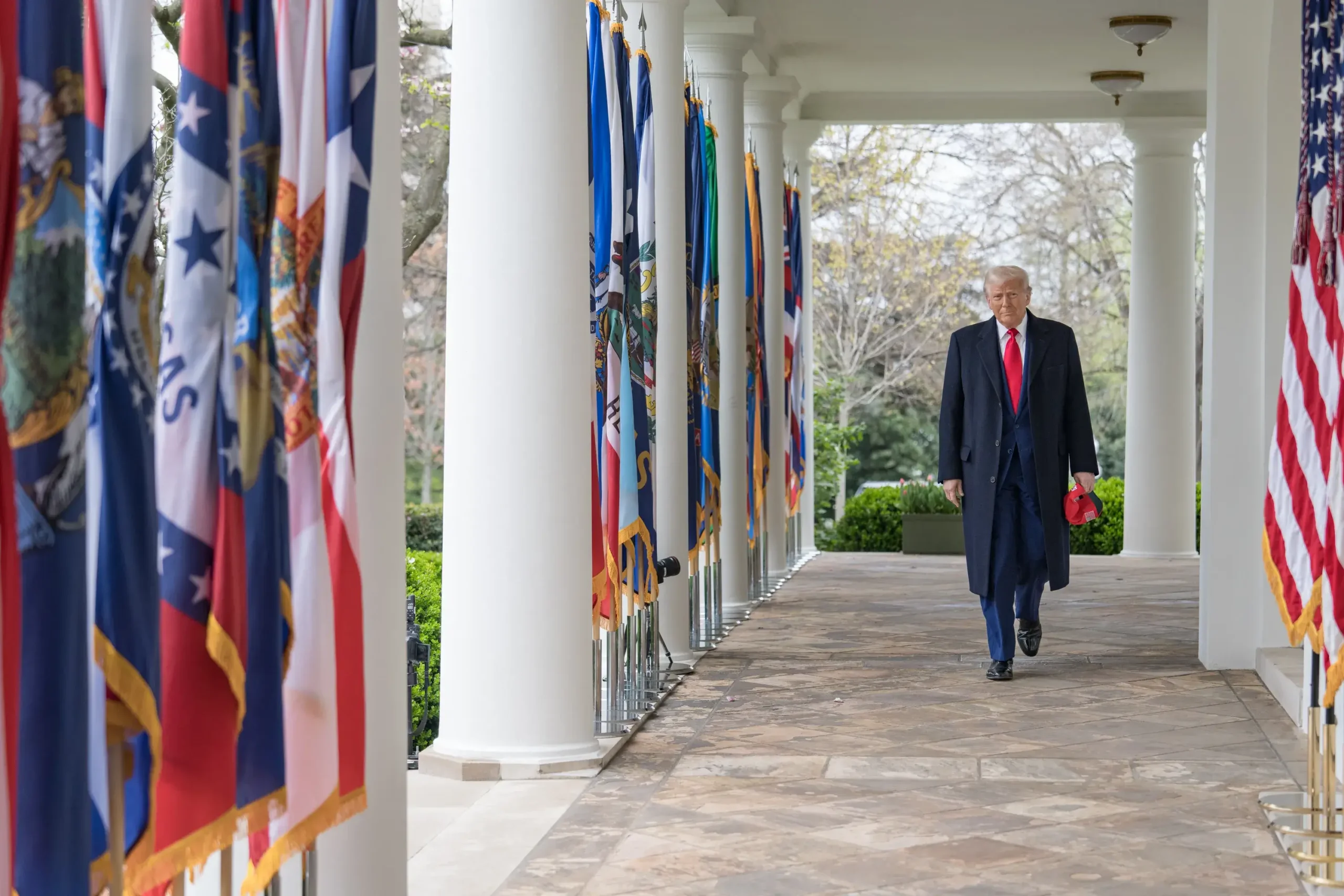
Let us begin with hearing from the horse’s mouth itself. President Donald Trump made several public statements and social media posts, primarily on his platform, Truth Social:
“We have completed our very successful attack on the three Nuclear sites in Iran, including Fordow, Natanz, and Esfahan. All planes are now outside of Iran air space. A full payload of BOMBS was dropped on the primary site, Fordow.”
He described the operation as an “extremely successful” and “remarkable military success,” declaring that Iran’s heavily fortified Fordow nuclear site had been “eliminated” and that Iran’s “primary nuclear enrichment facilities have been utterly and completely destroyed”
In a follow-up post, Trump issued a stern warning to Iran (we are retaining his use of capitals): “ANY RETALIATION BY IRAN AGAINST THE UNITED STATES OF AMERICA WILL BE MET WITH FORCE FAR GREATER THAN WHAT WAS WITNESSED TONIGHT.”
Trump emphasized the objective of the strikes: “Our goal was to dismantle Iran’s nuclear enrichment capabilities and halt the nuclear menace posed by the world’s foremost state sponsor of terrorism.”
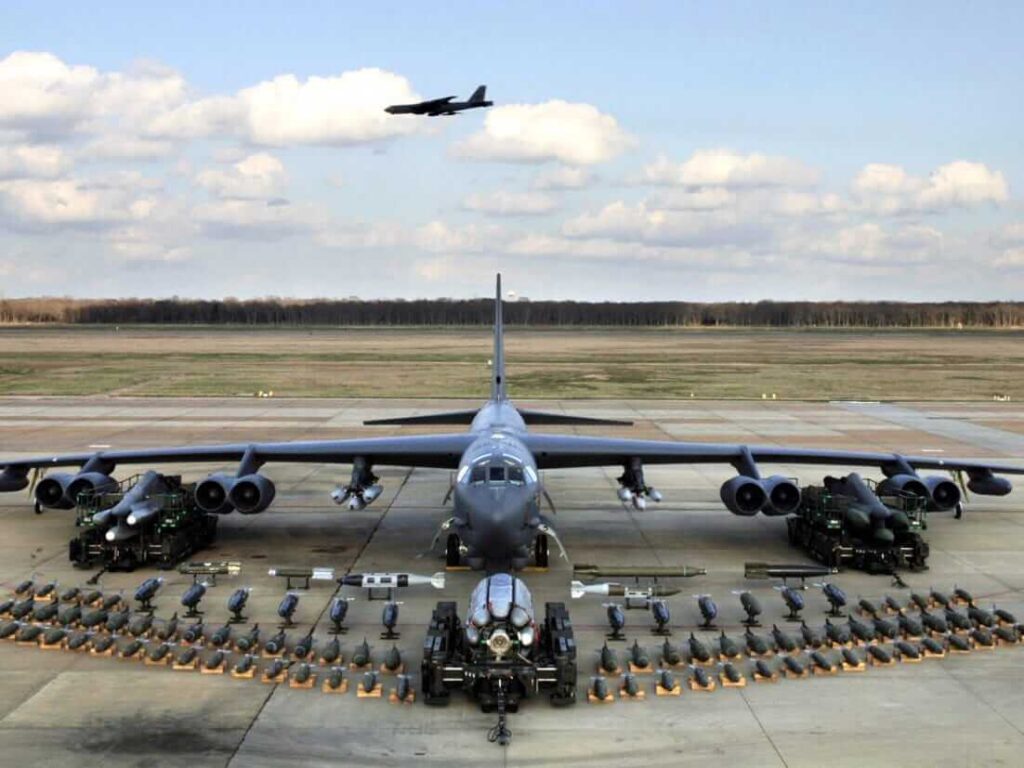
This attack was very much to be expected as the war between Israel and Iran was turning into a slugfest. Knowing fully well that their air force is rather primitive and they could possibly not afford to buy modern fighters (even their presidential helicopter that had crashed and killed him was 50 years old), they sought to compensate for it by building a large number (2000-3000) of cheap missiles. Their accuracy is highly dubious. BUT, leakers do get through air defence systems like Iron Dome. The systems are overwhelmed by sheer numbers. Moreover, intercepting them is a very costly affair.
Given the poor accuracy of the missiles over a flight of 2000 km, Iran managed to hit mostly civilian targets. Israel, on the other hand, focused on taking out their nuclear and missile manufacturing capability by precision guided munitions. They concentrated on military infrastructure. Iranians are going just for the psychological effect of landing a couple of hundred kg of explosives on random targets. In the war of narrative building in the international media, the Israelis are projecting that they are going only for precision strikes on high value military targets. On the other hand, the Iranian missile that landed on the Soroka Medical Center, in Beersheba, the main hospital serving southern Israel and the Negev region, provided justification for severe punishment as there was no high value military target within miles of it. At least 71 to 89 people were injured.
Israel had struck the Natanz facility on the first day itself. However, there was doubt whether they could damage the underground structures. The facility at Fordow is entirely buried under a mountain. It was not even struck. The deeply located structures could only be struck by the GBU-57 Bunker Buster (Massive Ordnance Penetrator) which, in turn, could be carried only by the USA’s B-2 Spirit bomber.
Iran’s Nuclear Programme: Intentions and Capabilities
How Tulsi Gabbard was Rebuked and Came Around: Bleeding heart liberals of the world had started beating their breasts even before the nuclear sites were struck. In India, Sonia Gandhi wrote an article in which, amongst other things, she made two points which are relevant for this article. She wrote: “And, as recently as in March 2025, the Director of National Intelligence of the United States, Tulsi Gabbard, clearly testified to Congress that Iran was not pursuing a nuclear weapons programme, and that its Supreme Leader Ali Khamenei had not authorised its resumption since its suspension in 2003.”
Fact is, according to Newsweek, Gabbard had said: “The intelligence community continues to assess that Iran is not building a nuclear weapon” and that Supreme Leader Khamenei had not authorized a weapons program since its suspension in 2003. She did highlight, however, that Iran’s uranium stockpile was “unprecedented for a state without nuclear weapons,” with enrichment at record levels.
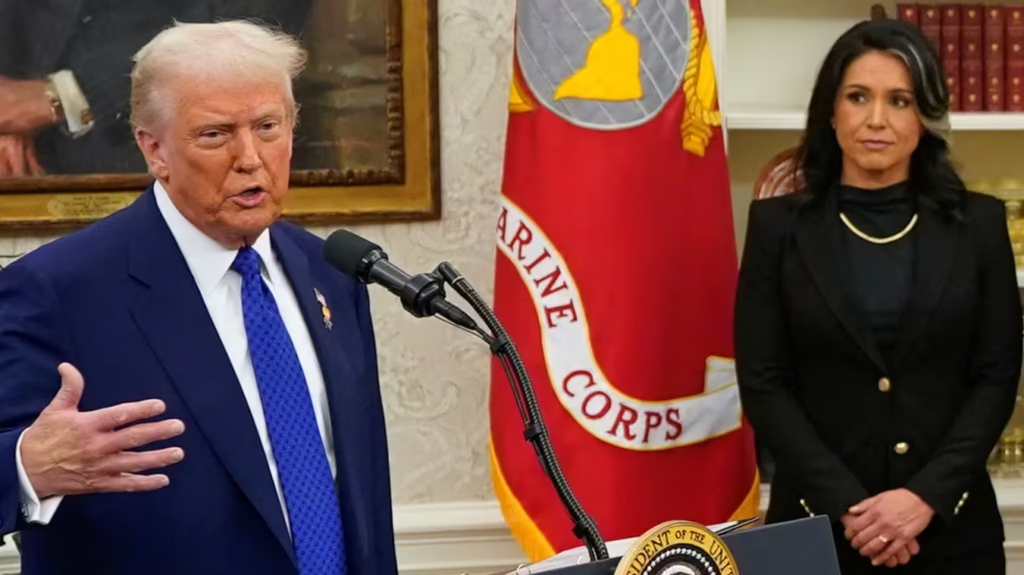
Trump rebuked her twice in a week. In the second rebuke, he reiterated that Gabbard was “off message” and that her initial testimony risked undermining U.S. efforts and unity on Iran’s nuclear threat. In response to Trump’s criticism, Gabbard took to social media and as reported by the TIME, She accused “dishonest media” of taking her words out of context. She emphasized that she was actually fully aligned with Trump’s position: “America has intelligence that Iran is at the point … within weeks to months” of bomb-making capability—and that “I agree” with Trump that this must not be allowed.”
Iran insists its nuclear program is for peaceful purposes, such as energy and medical research, but several factors fuel suspicions of a covert weapons program:
Enrichment Levels and Stockpiles: As of 2025, Iran has amassed a significant stockpile of enriched uranium, reportedly enough to produce several nuclear weapons if further enriched, according to Western intelligence assessments. The 2015 Joint Comprehensive Plan of Action (JCPOA) limited Iran’s enrichment to 3.67% and its stockpile to 300 kg, but after the U.S. withdrew from the deal in 2018, Iran resumed high-level enrichment, reaching 60% by 2021 and briefly 83.7% in 2023.
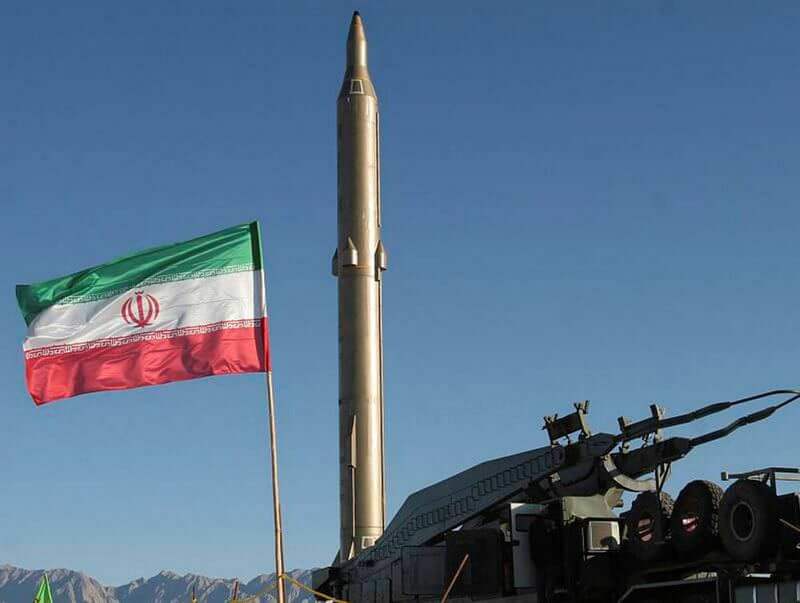
Delivery Systems: Iran has developed ballistic missiles capable of carrying nuclear warheads, such as the Shahab-3 and newer models with ranges up to 2,000 km. These missiles could target Israel, Saudi Arabia, or U.S. bases in the region, amplifying fears of a nuclear-armed Iran.
Past Evidence: The “Amad Plan” documents, seized by Israel in 2018, revealed Iran’s pre-2003 efforts to design nuclear warheads. While Iran claims it halted weapons research, the IAEA has found traces of uranium at undeclared sites, suggesting on-going or past activities.
While Iran might not have an operational nuclear weapon in 2025, its “breakout time”—the period needed to produce enough fissile material for one bomb—is estimated to be weeks to months, a sharp reduction from the one-year buffer under the JCPOA.
Given the fact that Iran was pursuing a uranium bomb (similar to the Hiroshima bomb), it was all the more imperative that Iran must be halted in its tracks. Reason? The gun-type assembly design of the uranium bomb is so simple that back in 1945 also, the scientists at the Manhattan Project had not considered it necessary to test it. It was the implosion type plutonium bomb design that was tested on July 16, 1945 and then used in Nagasaki.
Having Signed NPT is not a Divine Guarantee
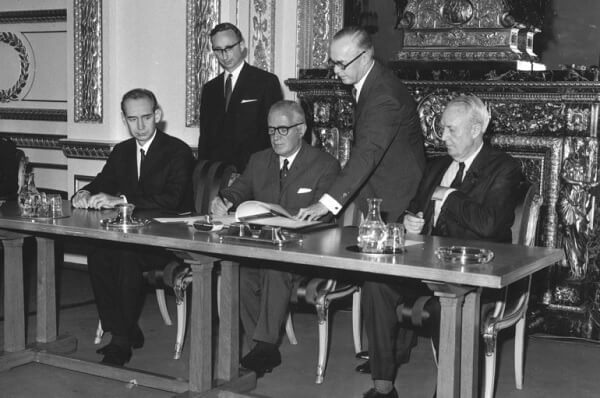
Sonia had also written: “Iran remains a signatory to the Nuclear Non-Proliferation Treaty and had, under the 2015 Joint Comprehensive Plan of Action, agreed to stringent limits on uranium enrichment in exchange for sanctions relief. This agreement, backed by the five permanent members of the United Nations Security Council, Germany and the European Union, was verified by international observers, until it was unilaterally abandoned by the United States in 2018.”
Her statement, in its naiveté, reflecting a refrain popular in liberal circles, betrays ignorance of a nuanced understanding of the NPT and its practical limitations. The Treaty on the Non-Proliferation of Nuclear Weapons (NPT), signed by Iran in 1968 and ratified in 1970, aims to prevent the spread of nuclear weapons, promote disarmament, and facilitate peaceful nuclear energy use. However, treaties are only as effective as their enforcement and the goodwill of signatories. The NPT has inherent weaknesses:
Enforcement Challenges: The International Atomic Energy Agency (IAEA) monitors compliance, but its access can be restricted by non-cooperative states. Iran has, at times, limited IAEA inspections, raising suspicions about undeclared nuclear activities. For example, in 2020, Iran reduced cooperation with the IAEA, and in 2023, it was reported to have enriched uranium to near-weapons-grade levels (83.7% purity, per IAEA reports), though it claims this was unintentional.
Dual-Use Technology: The NPT allows signatories to develop civilian nuclear programs, but the technology for peaceful nuclear energy (e.g., uranium enrichment) can be repurposed for weapons. Iran’s extensive enrichment program, including advanced centrifuges, fuels scepticism about its intentions, as the line between civilian and military applications is thin.
Defiance and Withdrawal: Countries can legally withdraw from the NPT with 90 days’ notice, as North Korea did in 2003 before testing nuclear weapons. Iran could theoretically follow suit, though it has not done so, likely to avoid international isolation and sanction, which had hurt it very badly earlier. However, covert defiance—such as undeclared facilities or research—remains a concern, as seen in the 2002 revelation of Iran’s secret enrichment sites at Natanz and Arak.
Historical Precedents: Other NPT signatories, like Iraq and Libya, pursued clandestine nuclear programs, proving that treaty membership doesn’t guarantee compliance. Iran’s history of secrecy, including the 2018 Israeli intelligence operation that uncovered Iran’s “Amad Plan” (a pre-2003 nuclear weapons program), supports the view that Iran may have long-term nuclear ambitions.
It is not even amateurish but utterly foolish to expect that mere signing of treaties means that nations will uphold them like their mothers’ honour. Treaties rely on trust, verification, and consequences for violations, but geopolitical realities—such as Iran’s sworn rivalry with the US and Israel—undermines compliance.
Existential Threat to Israel

A nuclear Iran poses an existential threat to Israel. Several factors amplify Israel’s concerns:
Geographic Vulnerability: Israel’s small size (roughly just 22,000 sq km) and concentrated population centres make it EXTREMELY vulnerable to nuclear attack. Delhi metro area’s population of 34.7 million is 3.6 times Israel’s total population of 9.4 million. A single nuclear strike on Tel Aviv (just 4.71 lakhs) or Jerusalem (9.74 lakhs) could cause catastrophic losses, potentially wiping out the state. In contrast, larger countries like Iran can absorb limited nuclear strikes, though with horrific consequences.
Iran’s Rhetoric and Proxy Warfare: Iranian leaders, including Ayatollah Khamenei, have repeatedly called for Israel’s destruction, though they frame it as opposition to “Zionism.” Iran supports proxies like Hezbollah, Hamas, and the Houthis, which already threaten Israel with conventional attacks. A nuclear capability would embolden these groups, even if Iran never uses the bomb directly.
Deterrence Dynamics: Israel’s undeclared nuclear arsenal (estimated at 80–200 warheads) provides deterrence, but a nuclear Iran could render the strategic equation unsolvable forever. India is facing the same problem with respect to Pakistan having become a nuclear power with approximately the same number of nukes and reliable means of delivery. Israel’s apprehensions are more than justified given its unique vulnerabilities and Iran’s hostile posture.
Why Fordow? Strategic Significance
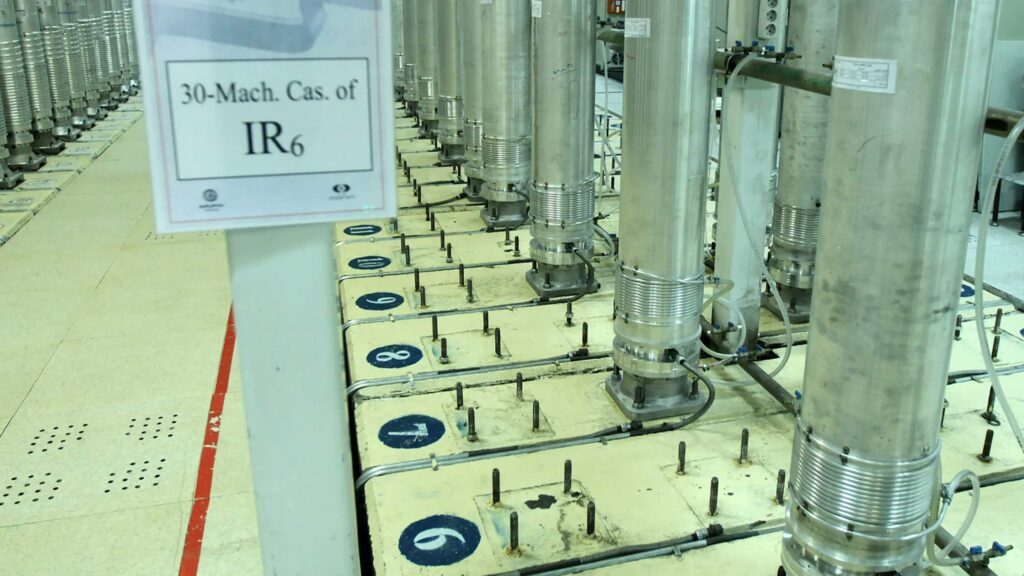
Fordow, a heavily fortified underground uranium enrichment facility near Qom, was a critical component of Iran’s nuclear program and a symbol of its defiance. Its importance makes it a prime target for those advocating military action:
Fortification and Secrecy: Built into a mountain, Fordow is designed to withstand conventional airstrikes, reflecting Iran’s intent to protect its nuclear infrastructure. Its existence was concealed until exposed by Western intelligence in 2009, fuelling distrust about Iran’s intentions.
Enrichment Capacity: Fordow houses advanced centrifuges capable of enriching uranium to high levels (e.g., 20% or 60%), a stepping stone to weapons-grade material (90%+). As of 2025, Iran’s enrichment at Fordow has been a focal point of IAEA concerns, with reports of near-weapons-grade uranium detected there.
Any Backlash?
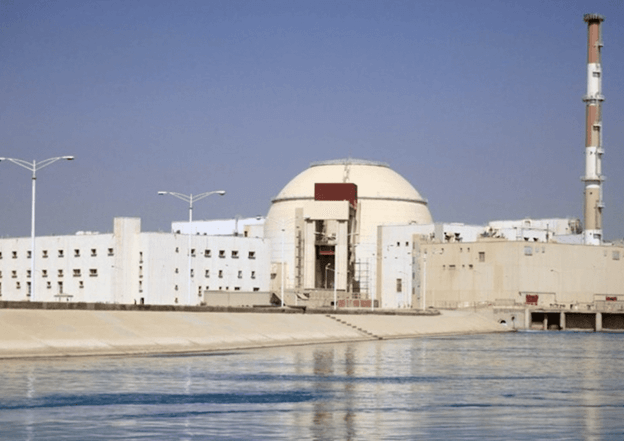
A serious backlash by the international community is unlikely though there will be much noise. Iran by itself may step up its missile attacks but even Khamenei cannot deny that his back, his pride, his secret weapon, his source of sustenance, everything has been broken with such consummate ease by the mighty USA that he can only hang his head in shame.
Russia is too bogged down in Ukraine to risk coming here. Over 90% of Iran’s oil exports go to China. Yet Iran accounts for less than 1% of China’s total trade. It is vital for Iran, not for China. Now you understand why China, its rhetorical support to Iran notwithstanding, is not likely to intervene militarily. They may portray the USA as reckless, but there is little they can do on the ground. This round goes to Trump with the maximum margin (10-7) in points possible.
There Was No Other Option
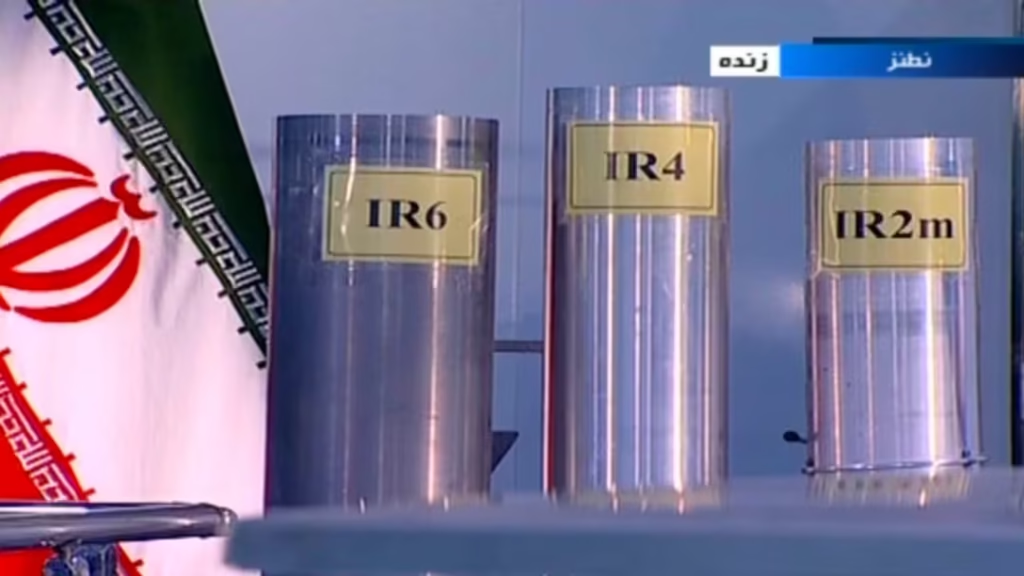
Iran has left the USA and Israel with no option but to destroy Fordow. Iran refused to see the writing on the wall. There was little scope for diplomacy now. Nuclear talks could continue but there was no guarantee that any commitment notwithstanding, Iran would not secretly pursue the bomb. The bomb had become a symbol of national pride and the raison d’etre for Khamenei’s continuation in power.
Destroying Fordow was critical. First, it puts an end to their nuclear ambitions for next half century. Second, its indirect message is that they must know their place in the world pecking order. The combined scientific and industrial might of their opponents is much greater than theirs. Hence they must realize that they can never afford to poke a finger in their faces. Destruction of Fordow is more than enough loss of face for Khamenei. He might even step down after that, if not through a coup. Fordow was the pride of Iran. Not being able to protect it despite his bluster will be detrimental to the guy. If I were to advise the Americans, my advice will be to ensure his exit in disgrace through voluntary stepping down or through a coup (even if it is engineered). That will ensure that the ideology itself is seen to fail and will minimize the chances of its revival. Killing him will make a martyr of him and the ideology will continue to thrive. The destruction will pave way for regime change or at least neutralize him effectively without killing him.
One of my famous aphorisms goes: There is no human problem that cannot be solved by a proper application of high explosives. The destruction of Iran’s nuclear sites by the Bunker Buster bombs has proved me right once again.


[…] Also Read: Why was it necessary for USA to destroy Iran’s nuclear plants? […]